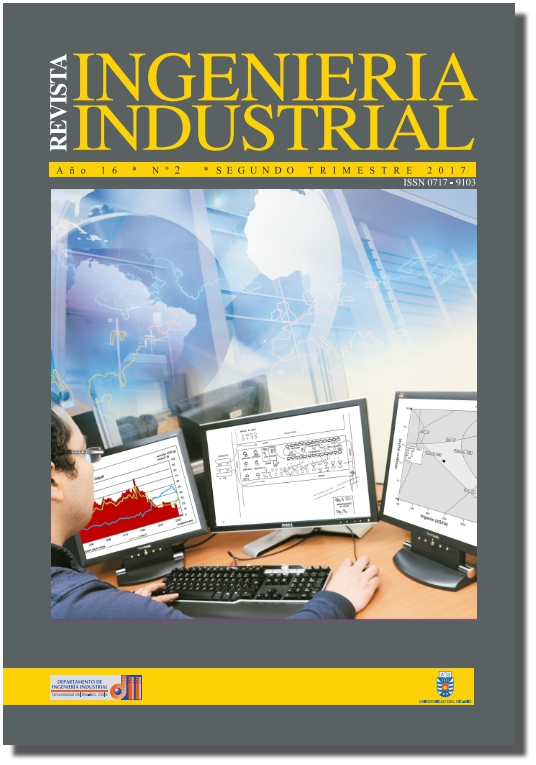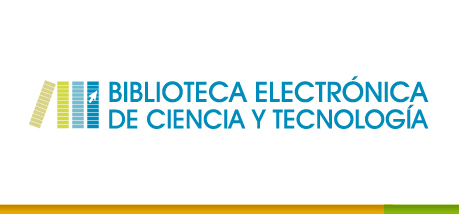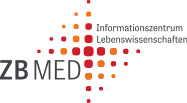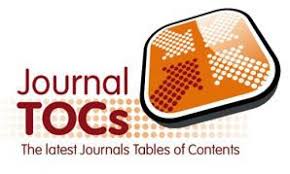Agricultural supply chain mango inventory model
Palabras clave:
cadena de suministro de inventario, fruta perecedora, mango, PNLResumen
The globalization has generated changes in world food consumption, demand for healthy foods as fresh fruits and vegetables have increased. The losses in the perishable fruit supply chains can reach up to 40%, the post-harvest loss in Colombia is mainly due to the inadequate planning and execution of the inventory processes. The problem is due to the high perishability of the fruit and its variabil-ity in terms of quality levels, which even under optimal conditions of
storage tend to decrease. After reviewing publications in the field of inventory management of perishable goods, there is no research regarding fruit supply chain. Additionally, some models do not cover the entire supply chain, and they only focus in studying one or two actors involved in the chain. This article presents a management mod-el of multi-level inventory for fruit mango chain includes functions decay and own losses of highly perishable fruit, a model nonlinear programming, formulated and evaluated in GAMS, which minimizes the total cost of inventory in the chain formed by a farmer, an agro-industrial company, a wholesaler, a hypermarket, a reseller and a retailer allowing calculate the order quantity and time of optimal re-placement of fruit for each echelon.
Descargas
Citas
BATERO-MANSO, Diego Fernando and ORJUELA-CASTRO, Javier Arturo. Inventory Routing Problem in perishable supply chains: A review of the state of the art. Ingeniería,2018, vol. 23, no 2
CHUNG, K.J., CÁRDENAS-BARRÓN, L.E. and TING, P.S. An inventory model with noninstantaneous receipt and exponentially deteriorating items for an integrated three layer supply chain system under two levels of trade credit. International Journal of production Economics , 2014, 155, 310-317.
COELHO, L. and LAPORTE, G. Optimal joint replenishment, delivery and inventory management policies for perishable products. Computers & Operations Research, 2014, 47, 42-52.
DUAN, Q. and LIAO, T.W. A new age-based replenishment policy for supply chain inventory optimization of highly perishable products. International journal of production economics , 2013, 145(2), 658-671.
LAW, S.T. and WEE, H.M. An integrated production-inventory model for ameliorating and deteriorating items taking account of time discounting. Mathematical and Computer Modelling, 2006, 43(5), 673-685.
LODREE, E. J., and UZOCHUKWU, B. M.. Production planning for a deteriorating item with stochastic demand and consumer choice. nternational Journal of Production Economics, 2008,116(2), 219-232.
MANZINI, R. and ACCORSI, R. The new conceptual framework for food supply chain assessment. Journal of Food Engineering, 2013, 115(2), 251-263.
ORJUELA-CASTRO, J.A., DIAZ-RIOS, O.J. GONZÁLEZ PEREZ, A. Logistics’ diagnostic in cosmetics and toiletries supply chain. Revista Cientifica, 2016, 1(28), 81-96.
ORJUELA-CASTRO, J.A., DIAZ-GAMEZ, G.L. and BERNAL-CELEMÍN, M.P. Model for Logistics Capacity in the Perishable Food Supply Chain. Communications in Computer and Information Science, In Workshop on Engineering Applications. Springer, Cham, 2017, 742, 225-237.
ORJUELA-CASTRO, J.A. ADARME-JAIMES, W. Dynamic impact of the structure of the supply chain of perishable foods on logistics performance and food security. Journal of Industrial Engineering and Management, 2017, 10(4), 687-710.
ORJUELA-CASTRO, Javier Arturo; MORALES-AGUILAR, Fredy Santiago; MEJÍA-FLÓREZ, Laura Fernanda. Which is the best supply chain for perishable fruits, Lean or Agile?. Revista Colombiana de Ciencias Hortícolas, 2017, vol. 11, no 2, p. 294-305
PAULS-WORM, K.G., HENDRIX, E., HAIJEMA, R. and VAN DER, G. Inventory control for a perishable product with non-stationary demand and service level constraints. 2013. Obtenido de optimization-online: Online, www. optimization-online. org/DB FILE/2013/08/4010
QIN, Y., WANG, J. and WEI , C. Joint pricing and inventory control for fresh produce and foods with quality and physical quantity deteriorating simultaneously. International Journal of Production Economics, 2014, 152, 42-48.
RAI, S. K., SINGH, V. and VAISH, A. Persishable food inventory management: A retailer’s perspective. 2013, 2(2), 1–10.
RAU, H., WU, M.Y. and WEE, H.M. Integrated inventory model for deteriorating items under a multi-echelon supply chain environment. International journal of production economics, 2003,
86(2), 155-168.
SALIN, V. Information technology in agri-food supply chains. The International Food and Agribusiness Management Review, 1998, 1(3), 329-334.
SLOOF, M., TIJSKENS L, M.M. and WILKINSON, E.C. Concepts for modelling the quality of perishable products. Trends in Food Science & Technology, 1996, 7(5), 165-171.
SOTO-SILVA, W.E., NADAL-ROIG, E., GONZÁLEZ-ARAYA, M.C. and PLA-ARAGONES, L. M. Operational research models applied to the fresh fruit supply chain. European Journal of Operational Research , 2016, 251(2), 345-355.
TAN, B. and ÇÖMDEN, N. Agricultural planning of annual plants under demand, maturation,harvest, and yield risk. European Journal of Operational Research, 2012, 220(2), 539-549.
VAN DER VORST, J.G., DA SILVA, C. and TRIENEKENS, J. H. Agro-industrial supply chain management: concepts and applications. 2007. FAO.
VAN DER VORST, J. Performance measurement in agri-food supply-chain networks .Quantifying the agri-food supply chain, 2006, 15-26.
WANG, K.J., LIN, Y. S. and JONAS, C.P.. Optimizing inventory policy for products with time-sensitive deteriorating rates in a multi-echelon supply chain. International Journal of Production Economics, 2011, 130(1), 66-76.
YANG, P.C. and WEE, H.M. An integrated multi-lot-size production inventory model for deteriorating item. Computers & Operations Research, 2003, 30(5), 671-682.
YU, M. and NAGURNEY, A. Competitive food supply chain networks with application to fresh produce. European Journal of Operational Research , 2013, 224(2), 273-282.
ZANONI, S. and ZAVANELLA, L. Chilled or frozen? Decision strategies for sustainable food supply chains. International Journal of Production Economics, 2012, 140(2), 731-736.
Descargas
Publicado
Número
Sección
Licencia
Revista Ingeniería Industrial by Revista Ingeniería Industrial is licensed under a Creative Commons Reconocimiento 4.0 Internacional License. Creado a partir de la obra en revistas.ubiobio.cl/index.php/RI/. Puede hallar permisos más allá de los concedidos con esta licencia en http://revistas.ubiobio.cl/index.php/RI/about/

















